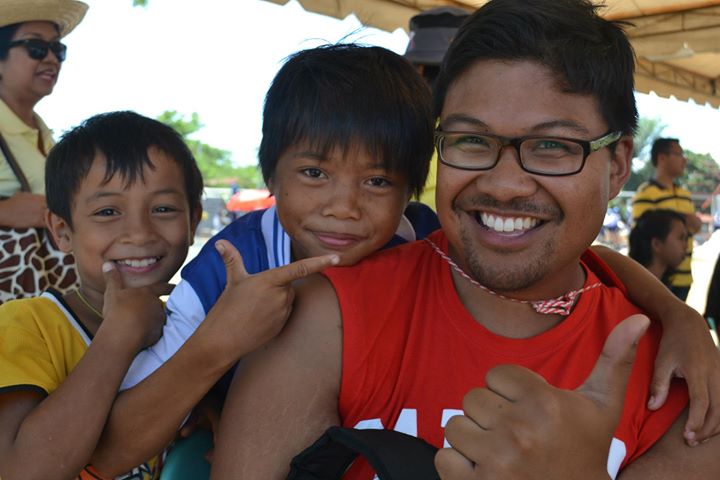It’s been about four years now since I moved out of my parents’ house and decided to take a huuuge bite out of the Bigggg Apple and move into... a shoebox. I miss home-cooking (no amount of excited emojis can properly express the taste of my mom’s mechado). However, I realized the other day that despite not living at home, there are a few things in my pantry that are very Pilipino and help bring the taste of home to my new home.
- SPAM: Why do I have so much SPAM? I am literally being spammed by SPAM. A little over a year ago, just hours before Hurricane Sandy hit New York, my roommate and I fried two cans of SPAM just in case we wouldn’t be able to cook food for a few days. We ate all the SPAM... before the hurricane even made landfall.
- Silver Swan Soy Sauce: Every marinated batch of meat calls for buckets of soy sauce... and Sprite, apparently.
- Sardines: The summer after I graduated college, I did a two-month unpaid internship in Australia. Yes, unpaid. I was working and not making money. Whatever pocket money I had was supposed to cover my nights out with friends at the bars and fun touristy activities like climbing the Sydney Harbour Bridge and playing with kangaroos. Luckily my office was walking distance to my apartment so I would go home for lunch and eat sardines. Doing that saved me tons of money.
- Rufina Patis: Fish Sauce. It is as smelly as it sounds (perhaps even more so), but the taste is magical. Goes perfectly on brothy chicken dishes, which is quite puzzling.
- Tang: This is a sorry excuse for orange juice, because I don’t think it’s technically healthy. It’s basically orange-flavored sugar. When I was a kid, I would tap my glass to get the sugar at the bottom when I was done drinking. Actually, I still do this. Nevermind.
- Corned Beef: Whenever I go home to New Jersey to visit my parents, you will most definitely find me lugging back the following to Manhattan: a load of clean laundry (I always regret it on the way back, but whatever, I save $5 per load!) and at least two cans of Palm Corned Beef. Although, I always later discover an extra can that my mom stuffs in my bag when I’m not looking. She’s like the Corned Beef fairy. Thanks Ma!
- Rice Cooker: Back when I was shopping around for colleges and visiting campuses with my parents, there was this one time when our tour guide was showing us a sample dorm room. When the tour guide asked if anyone in the group had any questions, my mom raised her hand and asked, “Can he bring a rice cooker?” I wasn’t able to bring one to college, but best believe I use a rice cooker now.
- Pancit Canton: It’s pretty much Ramen Noodles. Except you don’t feel as broke and sad when you eat it.
- Vienna Sausages: You know it’s going to be a good day when you shake them out of the can in one motion and they’re all intact! #smallvictories. But you splashed sausage juice all over your kitchen counter. #youcantwineverything.
- Datu Puti Vinegar: With Longaniza. Garlic rice. Fried egg. Done. So done.
- Mang Tomas All-Purpose Sauce: Lechon is just not the same without it. (Side note: it is sooo not an “all purpose sauce” like it claims to be. Wikipedia even says so.
- White Rice: I’ve been trying really hard these past few months to be healthier and eat brown rice. My roommate and I have even gone so far as to hide our tub (yes, tub) of white rice. But daaaamn, there is nothing as beautiful as a plate of ulam on a bed of steaming, white rice.
Cheap. Delicious. Cultural. Dare I say they are solid hangover cures? And most importantly, guaranteed to help you survive through a zombie apocalypse? Non-perishable goods FTW!
Photo Credit: The Perfect Pantry





